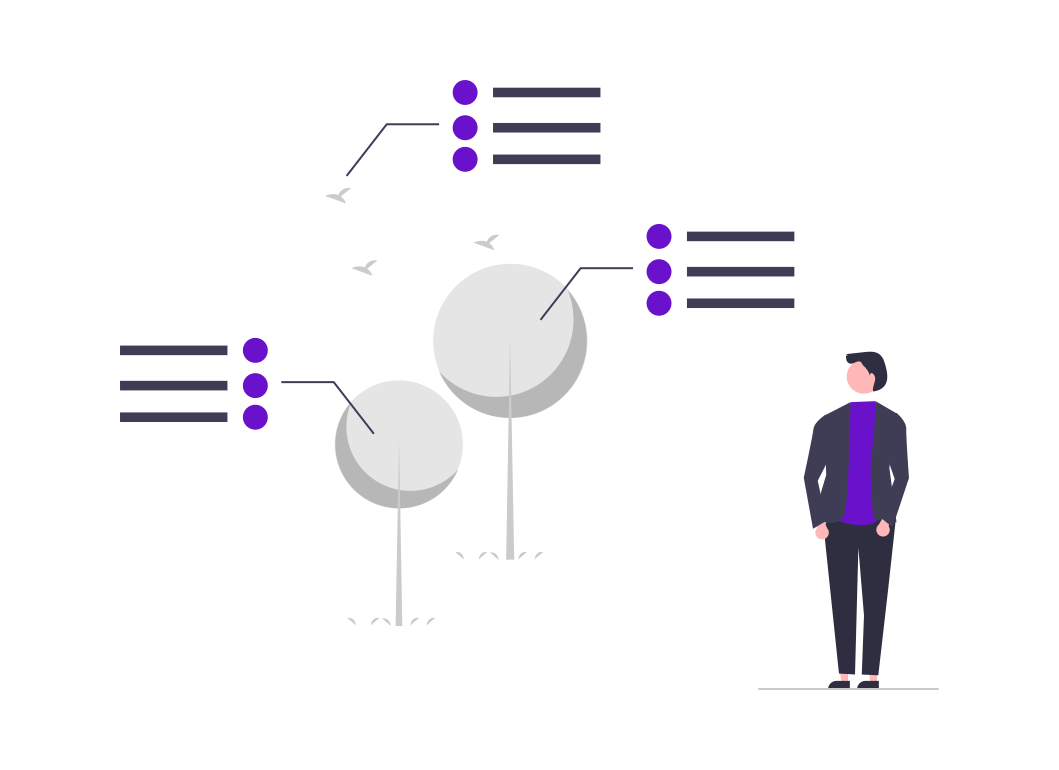In the competitive landscape of SaaS companies, account-based marketing (ABM) has emerged as a powerful strategy to drive revenue and enhance customer engagement. But what makes some ABM campaigns more effective than others? The answer lies in understanding the neuroscience behind these strategies. By leveraging psychological principles, SaaS marketers can craft more compelling and successful ABM campaigns.
The Science of Attention
The Role of Selective Attention
Selective attention is the brain's way of focusing on a specific stimulus while ignoring others. In the context of ABM, capturing and holding the attention of key decision-makers is crucial. Effective ABM campaigns use personalized content and targeted messaging to cut through the noise and grab the audience's attention.
Practical Application
- Personalized Emails: Tailor emails to address specific pain points and needs of the target account. Use their name, company information, and relevant data to make the message more engaging.
- Dynamic Website Content: Utilize AI-powered tools to create personalized website experiences for different accounts, enhancing their engagement and time spent on the site.
The Power of Emotion
Emotional Resonance
Emotions play a significant role in decision-making processes. Neuroscience shows that emotional responses can enhance memory retention and influence behavior. ABM campaigns that evoke positive emotions are more likely to resonate with their audience.
Practical Application
- Storytelling: Craft compelling narratives that connect emotionally with your target accounts. Highlight success stories and testimonials that evoke trust and excitement.
- Visual Content: Use engaging visuals and videos to convey your message, as they can elicit stronger emotional responses than text alone.
The Impact of Reciprocity
The Reciprocity Principle
The principle of reciprocity is rooted in the human tendency to return favors. When a company offers something of value, the recipient feels obligated to reciprocate. This principle can be effectively employed in ABM strategies.
Practical Application
- Valuable Resources: Provide free, valuable resources such as whitepapers, case studies, and webinars. This not only positions your company as a thought leader but also encourages the recipient to engage further.
- Exclusive Offers: Offer exclusive deals or early access to new features to key accounts, making them feel valued and prompting them to reciprocate with loyalty.
Trust and Credibility
Building Trust
Trust is a foundational element in any business relationship. Neuroscience indicates that trust is built through consistent and reliable interactions over time. For ABM, establishing and maintaining trust with target accounts is essential.
Practical Application
- Consistent Communication: Maintain regular, meaningful communication with target accounts. Provide updates, check-ins, and follow-ups to build a reliable presence.
- Social Proof: Leverage testimonials, case studies, and endorsements from other reputable companies to build credibility and trust.
Cognitive Ease
Simplifying Decision-Making
The concept of cognitive ease refers to how easy it is for the brain to process information. Information that is simple and clear is more likely to be processed favorably. In ABM, making the decision-making process as straightforward as possible can lead to higher conversion rates.
Practical Application
- Clear Messaging: Ensure that your messaging is clear, concise, and free of jargon. Highlight the key benefits and unique selling points of your solution.
- User-Friendly Content: Design your content to be easily digestible, using bullet points, headings, and visual aids to break up complex information.
The Role of Memory
Enhancing Recall
Memory plays a crucial role in the decision-making process. Neuroscience research shows that repetition and reinforcement can enhance memory recall. ABM campaigns should aim to create memorable interactions that stick with the target audience.
Practical Application
- Repetition: Reinforce key messages and value propositions through multiple touchpoints, such as emails, social media, and direct mail.
- Memorable Experiences: Create unique and memorable experiences, such as personalized events or interactive content, that leave a lasting impression.
Conclusion
By understanding and applying the principles of neuroscience, SaaS companies can enhance the effectiveness of their ABM strategies. From capturing attention and evoking emotions to building trust and simplifying decision-making, these psychological insights can help marketers create more impactful and successful campaigns. As the landscape of ABM continues to evolve, staying informed about the latest neuroscience research will be key to maintaining a competitive edge.


